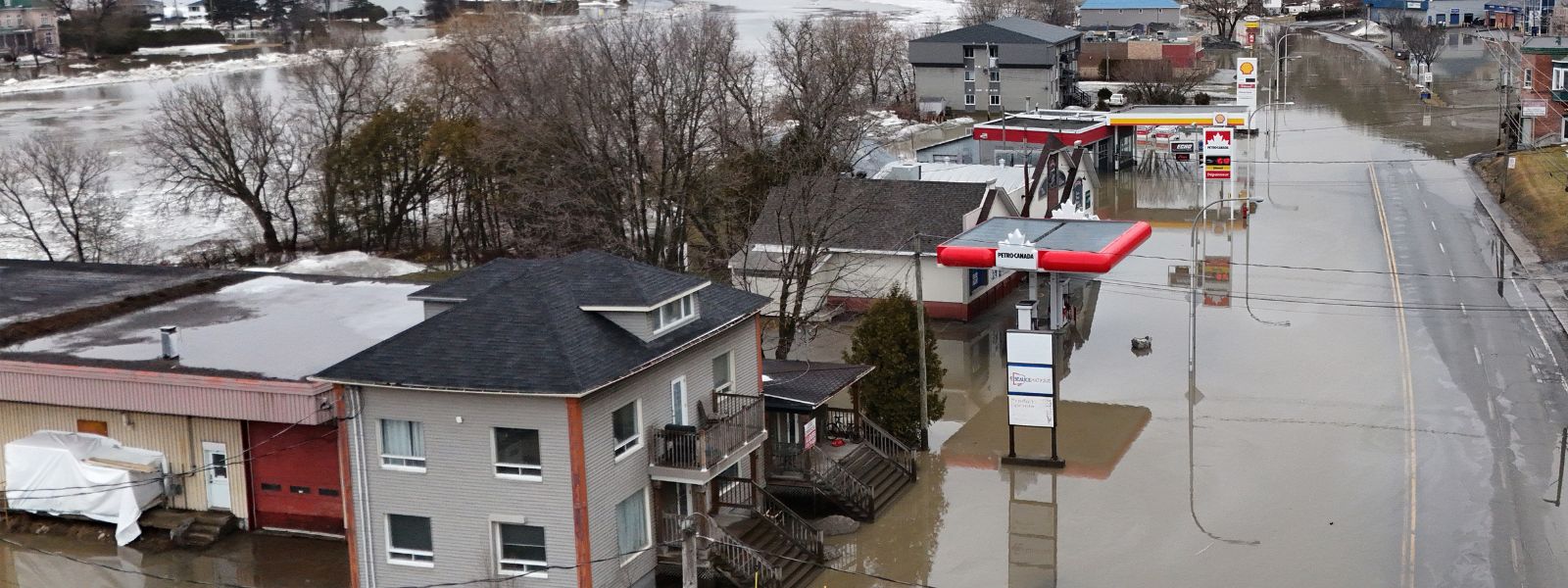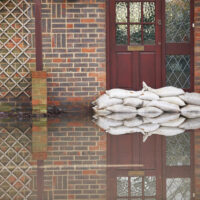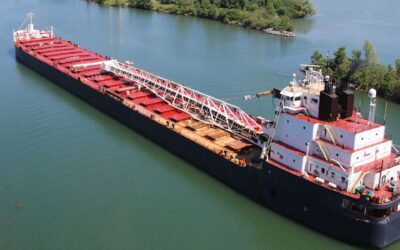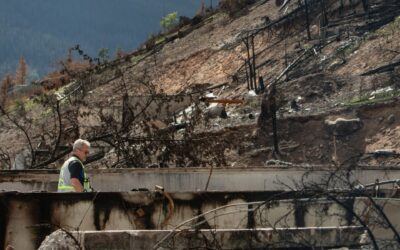Matthew Lau’s column in the Financial Post is a welcome sign that Canadians are engaging in a debate about how to build more housing in a changing climate. However, his piece misrepresents the intent, content, and evidence base of the Canadian Climate Institute’s recent report, Close to Home.
That report demonstrated the potential financial cost of continuing to build homes in the paths of increasingly severe floods and wildfires. The core message was simple: we need more housing, not less—but it must be built in places that are safer and more affordable for the long term.
Lau dismisses the report’s risk modelling as speculative “guesswork.” In fact, Close to Home draws from models developed by The Co-operators and SwissRe—hardly fringe sources. The report is transparent about modelling uncertainty, which is why one of its key recommendations is that governments invest in more detailed local risk mapping.
Not only that, our modelling focused on near-term risk: flood projections use a ten-year horizon, and wildfire projections reflect today’s climate. In other words, the report is conservative in its assumptions. These are not distant hypotheticals—they are risks we face now.
Lau also misrepresents the report’s recommendations by suggesting they aim to constrain personal freedom. In reality, the report does not call for banning development or forcing people to relocate. Instead, it highlights a significant national risk: continuing to build homes without accounting for flood and wildfire exposure could drive up both private and public costs by as much as $3 billion each year. The good news is that only a small share of new homes would be built in high-risk areas and account for a lion’s share of future disaster losses. Governments can act now to avoid huge costs by addressing a relatively small planning issue.
Close to Home calls for better land-use planning as well as public access to better risk information. These measures will help homebuyers, developers, and municipalities make informed decisions—empowering choice, not limiting it. Without such data, markets misprice risk: insurance premiums, property values, and municipal approvals fail to reflect true exposure.
That’s a textbook market failure. And while Lau compares regulating disaster risk to regulating ice cream, governments already manage risk in many ways to protect public safety—from building codes to floodplain zoning. This is no different.
Lau also ignores the alarm coming from Canada’s insurance industry. The Insurance Bureau of Canada has warned that building in high-risk areas is making coverage more expensive and less available. In 2024, insured losses from severe weather in Canada surged to over $8.9 billion—by far the highest on record—driven by flooding in Quebec and Toronto and wildfire in Jasper. Insurers have called for better data, disclosure, and smarter land-use policy—all echoed in Close to Home.
Finally, Lau repeats a common but misleading claim about wildfires. While the number of fires fluctuates, the area burned continues to increase. The 2023 wildfire season shattered records, and early data suggest 2025 may follow suit to become the second worst on record. The science is clear: climate change is supercharging fires and floods, and worsening disasters.
Debate on climate risk is welcome—but it must be rooted in facts. Close to Home offers a clear-eyed view of the costs of inaction and practical recommendations that can help developers, communities, and homeowners build and buy more resilient and affordable homes. Governments can act now to reduce risk and avoid billions in future costs. That’s common sense.








